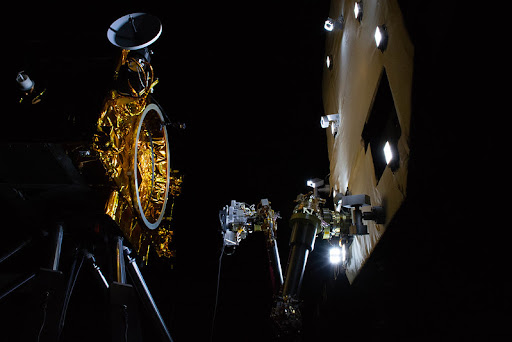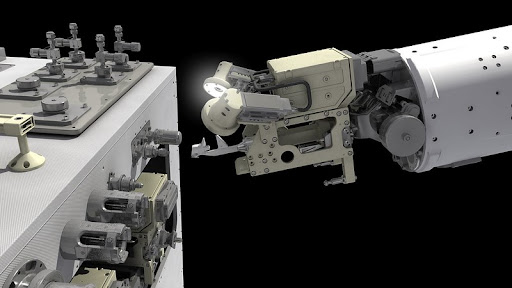A new sector is growing within a satellite repair space community. Its goal is to make the process of launching, maintaining, and repairing spacecraft a bit less nerve-racking. This kind of work is called spacecraft servicing, and it involves the creation of robots that can help rendezvous with malfunctioning spacecraft so that they can either fix, refuel, relocate or repair them if needed. This way, spacecraft can operate for many more years. The robots that will be developed will also have the capability of functioning as waste disposal devices. This means they will coax defunct spacecraft and bring it closer to our planet, where they will descend into our atmosphere and burn up in this process. Will satellite repair services be the future, considering the technology required for it is not always easy to develop?
Can satellites be repaired in space?
For now, satellite repair in space is not at all common, but this doesn’t mean it won’t be in a few years. Fortunately, satellite repair robot generations that are being integrated into the next spacecraft maintenance projects are expected to cut down on the number of spacecraft that will be forced into premature retirement. With the help of robotic arms, servicing spacecraft will help with satellite repair. Eventually, these arms will also be capable of assembling satellites altogether in orbit.
If governments and businesses had access to satellite repair servicing, they wouldn’t have to spend millions of dollars, and often billions, on designing, constructing, and launching new spacecraft every time their current tech required maintenance, fuel, or repair. Because many government spacecraft provide vital information that must remain uninterrupted, satellite repair services would also play a role in protecting a nation’s security. This technology can even assist humanity in traveling to Mars one day.
Is NASA interested in satellite repair services?

Orbital Today as well as other space magazines support the idea that robotic maintenance and repair is something that NASA views as a chance to make more regular upgrades to equipment that is already in orbit, in addition to being a method to prolong spacecraft lifespan. The agency also aims to establish a thriving commercial spacecraft service sector in the United States. This sector is planned to assist in satellite launching by providing interested businesses access to spacecraft maintenance technology and satellite repair services that are meant to keep satellites in orbit for a longer time.
In addition, NASA plans on using its spacecraft servicing technologies that are currently in development for driving exploration missions like going to Mars. Besides, we can also build and maintain large observatories that help look for life beyond Earth. These technologies are expected to become operational soon. If this becomes possible, any satellite repair mission performed by satellite repair services would become something very common and, eventually, even a thing of the past. At least, this is what NASA and some of the other space agencies are hoping for.
Can you refuel a satellite?

A satellite storage capacity for fuel is limited, and for this reason, NASA’s famous Landsat 7 had to have its useful life ended. However, NASA can now access a viable solution that might revive enfeebled spacecraft and satellites. Within the next several years, NASA intends to put a robot into the Earth’s orbit and guide it to come within reaching distance of Landsat 7. In the middle of its flight, this robot will reach out its mechanical arm and grab the satellite to refill it. If all goes well, this will be a historic operation since it will be the first time a spacecraft gets refuelled while orbiting the Earth.
And this mission is only one of the many proposed by governmental and commercial enterprises designed to deploy repair robots and upgrade the satellites that are now in space and cost billions of dollars. Similar efforts may, in the long run, result in advanced satellite repair services and a more affordable space industry, which will, among other benefits, reduce the costs for Internet and mobile phone networks, improve weather forecasting, and provide views of the Universe or planetary changes that have never even been imagined. They might even make it possible for a whole new wave of construction to take place in orbit, with legions of robots constructing not only satellites but also space stations and, why not, rockets destined for Mars. And all of that is no longer a distant dream but a realistically foreseeable future!